1127 The Chesnut-Farrant exchange
One Good Thing: A Living Memoir
by M.A.C. Farrant
Vancouver: Talonbooks, 2021
$19.95 / 9781772012842
Reviewed by Mary Leah de Zwart
*
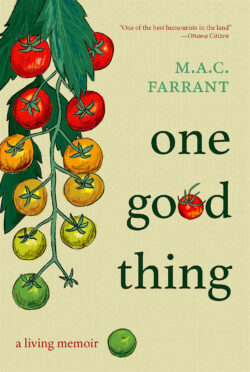 M.A.C. [Marion Alice Coburn] Farrant is an accomplished author, playwright, and humourist, living on the Saanich Peninsula near Sidney, BC. She has seventeen publications to her name, ranging from a novel and short fiction to non-fiction and plays. One Good Thing: A Living Memoir is unusual in its layout and form. Its sixty-four short chapters (two or three pages long) take the form of letters from Farrant, a hesitant gardener, to Helen Chesnut, the well-known and popular gardening columnist in the Victoria Times-Colonist. Just as the hermit crab looks for a shell to house itself, Chesnut’s columns provide the “shell” or structure for One Good Thing. Farrant interprets and expands upon generic ideas and metaphors she has drawn from Chesnut’s twice weekly gardening column.
M.A.C. [Marion Alice Coburn] Farrant is an accomplished author, playwright, and humourist, living on the Saanich Peninsula near Sidney, BC. She has seventeen publications to her name, ranging from a novel and short fiction to non-fiction and plays. One Good Thing: A Living Memoir is unusual in its layout and form. Its sixty-four short chapters (two or three pages long) take the form of letters from Farrant, a hesitant gardener, to Helen Chesnut, the well-known and popular gardening columnist in the Victoria Times-Colonist. Just as the hermit crab looks for a shell to house itself, Chesnut’s columns provide the “shell” or structure for One Good Thing. Farrant interprets and expands upon generic ideas and metaphors she has drawn from Chesnut’s twice weekly gardening column.
This book is not about gardening. Rather, it follows the thread of a living memoir as indicated in Farrant’s subtitle. This includes living through the COVID-19 pandemic, masks, anti-maskers, vaccines, anti-vaccines, social distancing, lockdowns — and we know these tense times are not over yet. Farrant expresses a universal longing for the return of the everyday, remembering and wanting the beauty of ordinary times. She takes the reader on a divergent, metaphoric journey with no clear destination.
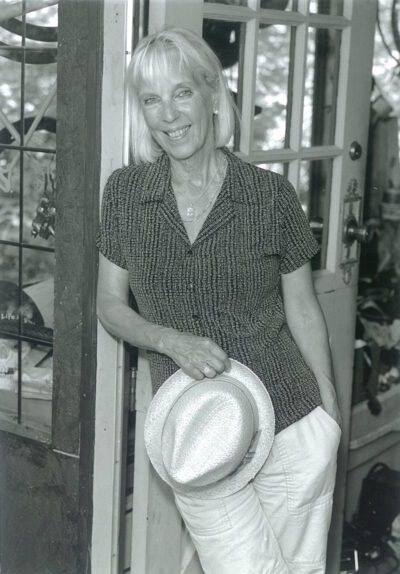
Each chapter has unexpected connections to or about daily life, and offers humble, consoling thoughts. One chapter that sticks with me is Farrant’s story about ordering an organic chicken for Thanksgiving a few weeks ahead of time. She is assigned a number for the bird she ordered: “I thought unceasingly about this bird — its singularity, its state of mind. What colour were its feathers? How old was it exactly? Did it wear a tag… with my name?”
Farrant tells us she was unable to eat any chicken at the Thanksgiving meal. Now, she might have been joking (one can’t be absolutely sure with Farrant), although I don’t doubt her sincerity. Even though I grew up on a farm, and used to disdain city folks who couldn’t eat anything they’d given a personal name to, I understand her quandary in today’s more personalized world. For example, when our kids were young we raised a few meat chickens in our suburban backyard and I couldn’t eat any of them either.
Farrant’s experience in home economics class is interesting to me. People always complain that home economics is irrelevant to real life. After the usual complaints, Farrant describes how her 1963 home economics teacher told the class of teenagers: “There is no reason to go hungry in a civilization such as ours if you have a bone, a carrot, some salt and water, and a source of heat.” Farrant used the advice when she and her family hit hard times in the eighties, making soup when they were short of food. This advice should not be readily dismissed. In the spring of 2020 the canned soup aisle at my local grocery store sold out almost as fast as toilet paper.
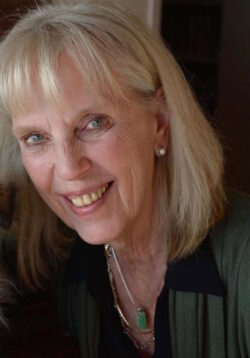
The chapter on seed catalogues shows Farrant’s delight at the literary exuberance of The West Coast Seeds Gardening Guide. Seed catalogues are inspiring, says Farrant. Reading their descriptions gets many people through the darkest days of winter. She views seeds as life rafts that promise the future. “And isn’t that what a gardener is? A futurist who believes passionately in tomorrow?”
The “one good thing” in the book title is a Crystal Apple Cucumber mentioned in one of Chesnut’s columns. Internet research tells me this is a white cucumber you can eat out of hand, a rare heirloom seed seldom appearing in North America. Farrant makes it into a plea for seeding hope itself: “What if we could make hope in these times grow as abundant and refreshing and cooling and prevailing as that cucumber?” I have to admit this description is too lyrical for my practical inner self. Still I did try to buy Crystal Apple cucumber seeds, but I could only get Lemon Cucumber seeds. Thirty seeds cost me $5.99, so I hope I get at least one heirloom cucumber plant.
One Good Thing: A Living Memoir is meant to be read over time, not all at once, sipped chapter by chapter, not gulped. Reading the book in one go is confusing, though I admire Farrant’s ability to draw on metaphors and philosophical associations. The pages of “sources” at the end of the book are well worth consulting.
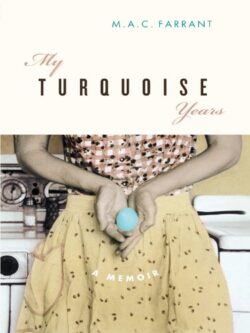
I understood Farrant’s stories better after I read her previous memoir, My Turquoise Years (Greystone, 2004) about the first thirteen years of her life. She and I are almost exactly the same age; both post-war babies, but not necessarily boomers. Every page I turned included a relatable or significant phrase or image. My childhood life was rural Alberta; hers was rural Vancouver Island. The same people seemed to inhabit each place, for example Farrant’s elderly couple who ran a convenience store, taking turns sitting at the counter “like large, sorrowful birds.” Their clones ran a store at Alberta Beach. After reading both books, I no longer begrudged her Vancouver Island home in which she’d lived for 39 years, her stalwart husband and attentive children and grandchildren, and why she might not have taken gardening seriously before discovering Chesnut’s columns.
Once in a while, I longed to hear more of Helen Chesnut’s voice, and it did peek through now and then. A friend in Victoria told me a famous story from one of Chesnut’s gardening columns, in which she gave advice about the right temperature for planting outdoors — when the garden soil is warm enough to sit your bare bottom on it. This exemplifies Chesnut’s quirky, yet real-world approach to gardening, taken over with glee by Farrant in One Good Thing.
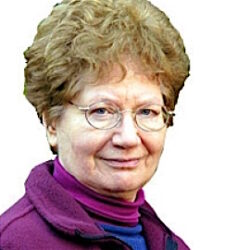
As a gardener reading a non-gardener’s stream-of-consciousness responses to an accomplished gardening columnist, I am struck by the many ways in which words can be interpreted to mean growth, and how writing a living memoir is itself like gardening, with each word expressing an individual’s beliefs and philosophy of life. I inevitably relate this to my own life, and the gardens I have loved and left.
I hope fans of M.A.C. Farrant and Helen Chesnut alike seek out this book, and enjoy it as much as I have. One Good Thing: A Living Memoir is a friendly, informative, and wistful approach to life, combining Chesnut’s pragmatic ideas with Farrant’s practical existentialism.
*
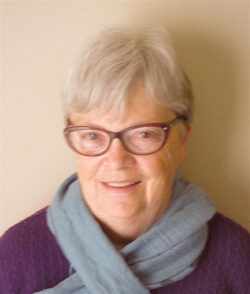
Mary Leah de Zwart is a co-founder of the British Columbia Food History Network (BCFHN), which she and two other home economists from UBC, Linda Peterat and Gale Smith, started in 2013. BCFHN was initially funded by grants from the History Education Network [THEN/Hier], the Canadian Home Economics Foundation, and Teachers of Home Economics Specialist Association. Run by volunteers, BCFHN has focused on researching and increasing awareness of food history topics in BC and Canada, and has made over 100 blog posts on its website since 2016. Its most-viewed posts include “Japanese Mandarin Oranges,” “Buffaloberry: A Super Fruit,” and “Canadian War Cake.” de Zwart and the BCFHN can be contacted by email: bcfoodhistory@gmail.com Editor’s note: Mary Leah de Zwart has also reviewed books by M. Anne Wyness and Lenore Newman in The Ormsby Review.
*
The Ormsby Review. More Books. More Reviews. More Often.
Publisher and Editor: Richard Mackie
The Ormsby Review is a journal service for in-depth coverage of B.C. books and authors. The Advisory Board consists of Jean Barman, Wade Davis, Robin Fisher, Cole Harris, Hugh Johnston, Patricia Roy, David Stouck, Maria Tippett, and Graeme Wynn. Scholarly Patron: SFU Graduate Liberal Studies. Honorary Patron: Yosef Wosk. Provincial Government Patron since September 2018: Creative BC
“Only connect.” – E.M. Forster